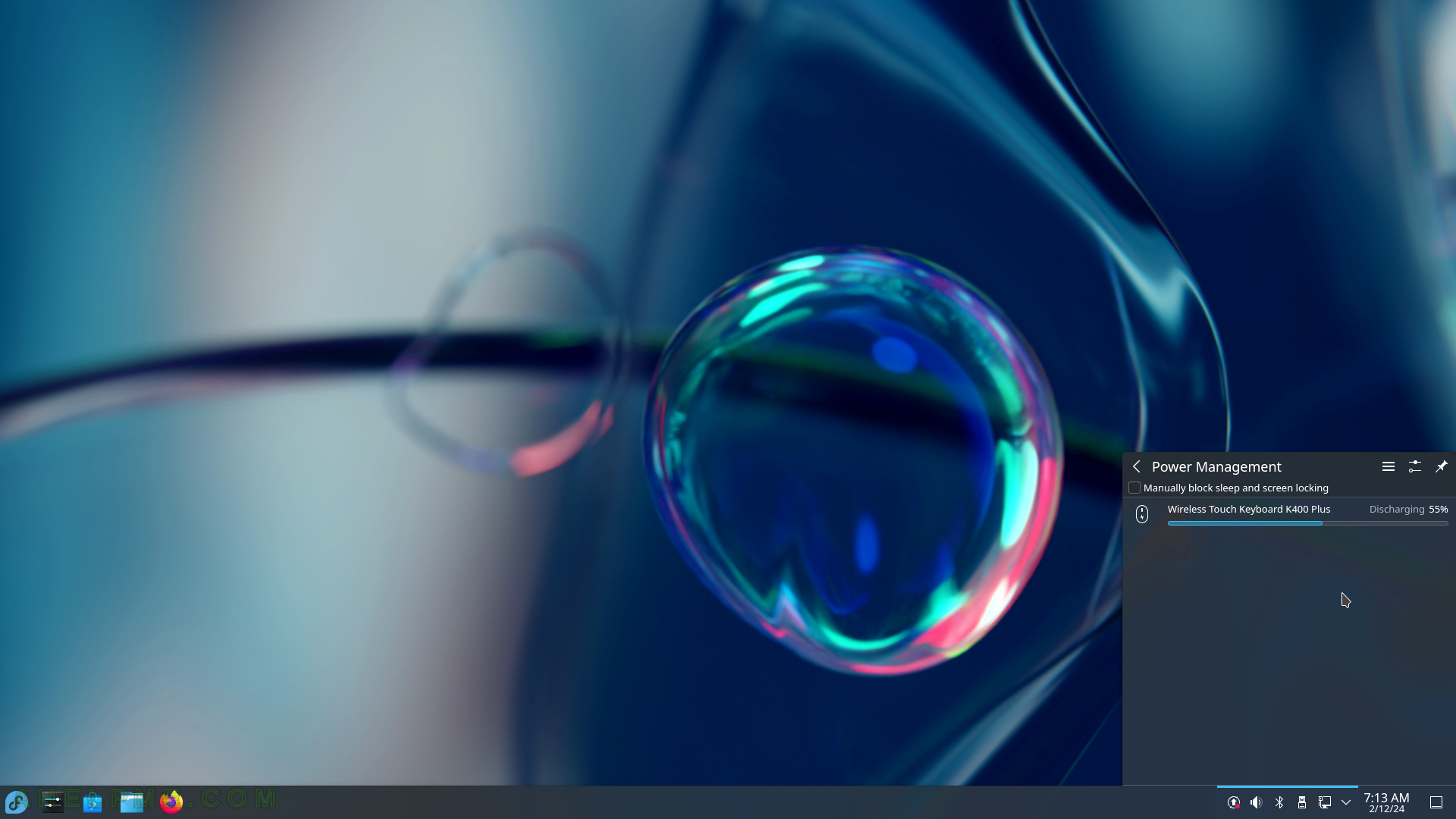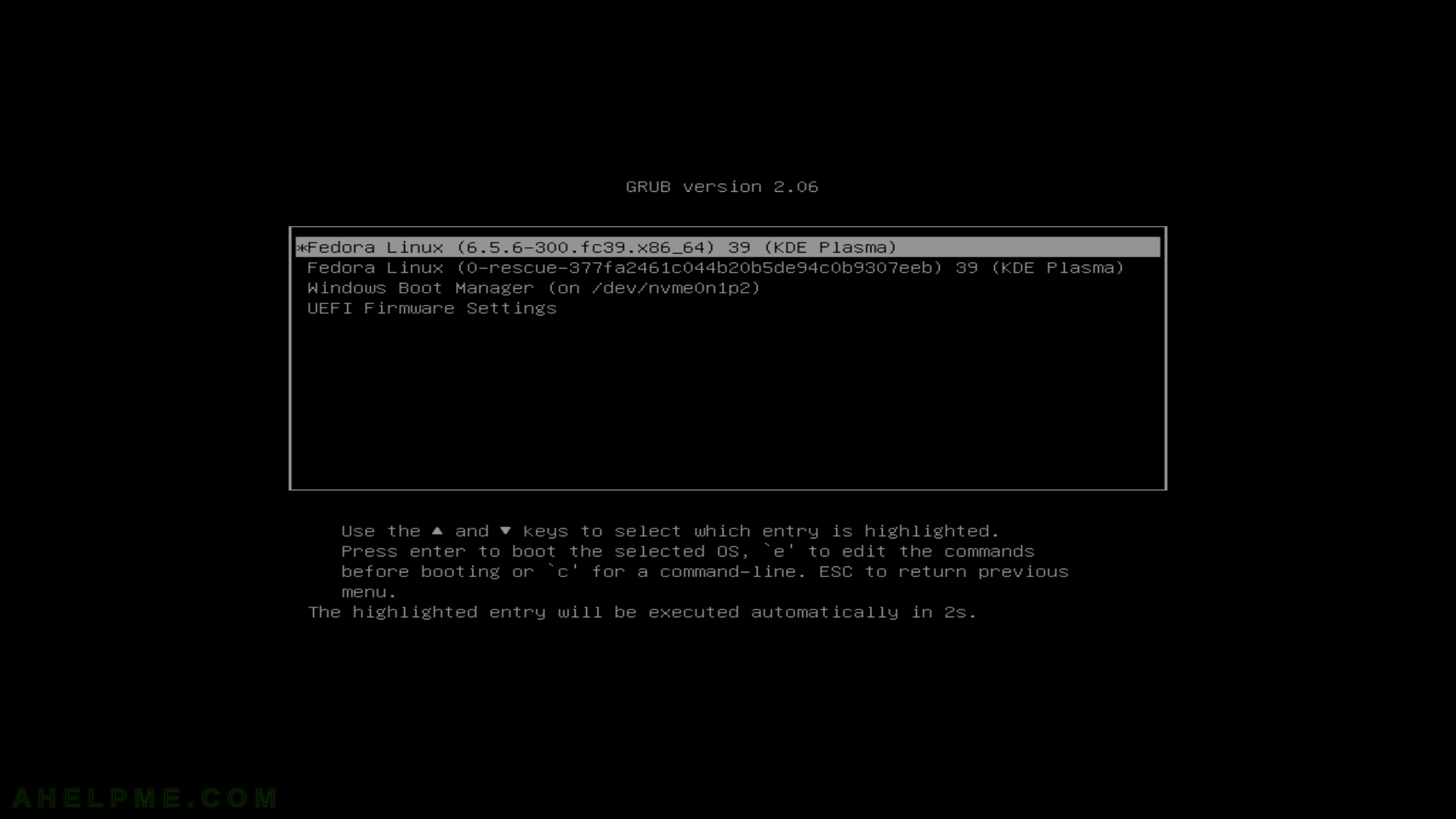After the tutorial on how to install Fedora 39 KDE Plasma Desktop this tutorial is mainly to see what to expect from a freshly installed Fedora 39 KDE Plasma Desktop – the look and feel of the new KDE GUI (version 5.27.4 of KDE Plasma). The Fedora 39 KDE Plasma Desktop is part of Fedora spins – https://spins.fedoraproject.org/kde/
Here the user can find how to Install Fedora 39 KDE Plasma Desktop (KDE GUI). Here it worth mentioning the included versions of KDE software for Fedora 39:
- KDE Plasma version: 5.27.8, upgradable to 5.27.10
- KDE Frameworks version: 5.110.0, upgradable to 5.113.0
- QT version: 5.15.10, upgradable to 5.15.12
The idea of this article is just to see what to expect from Fedora 39 KDE Plasma – the look and feel of the GUI, the default installed programs and their look and how to do some basic steps with them, it is included also screenshots of the KDE settings program. Here you’ll find more than 250 screenshots and not so many texts we do not want to turn this review of many texts and version information and 3 meaningless screenshots, which you could not see anything for the user interface because these days it is the primary goal of a Desktop system. You can expect more of this kind of review in the future. The big missing is the Kate Advanced Text Editor, which is not installed by default in this release.
This article is the first part of reviewing the Fedora 39 KDE Plasma. The second article contains KDE System Settings screenshots and it is Review of freshly installed Fedora 39 KDE Plasma Desktop part 2 – System Settings.
Some of the interesting screenshots
- Logging
- KDE Plasma Overview with Panel Toolbox
- Fedora KDE main menu
- Plasma Widgets
- Activities
- Install/Update applications with Discover
- review of multiple installed GUI applications and games.
- Dolphin – the KDE File Manager
- KWrite – Text Editor
- Kontact – manage email, calendar, contacts and other personal data with one application. It includes KMail, KAddressBook, KOrganizer, Akregator, and more.
- KDE Partition Manager – manage disks and partitions.
- Konsole – KDE’s Terminal Emulator
- System Monitor – monitor the system.
- KFind – Find Files/Folders – advanced files and folder search.
- KGpg – a simple interface for GnuPG. A powerful encryption utility.
- Klipper – clipboard manager for the KDE interface.
- And more!
Fedora 39 KDE Plasma screenshots
SCREENSHOT 1) Fedora (6.5.6-300.fc39.x86_64) 39 (KDE Plasma)
SCREENSHOT 2) Loading with Fedora logo
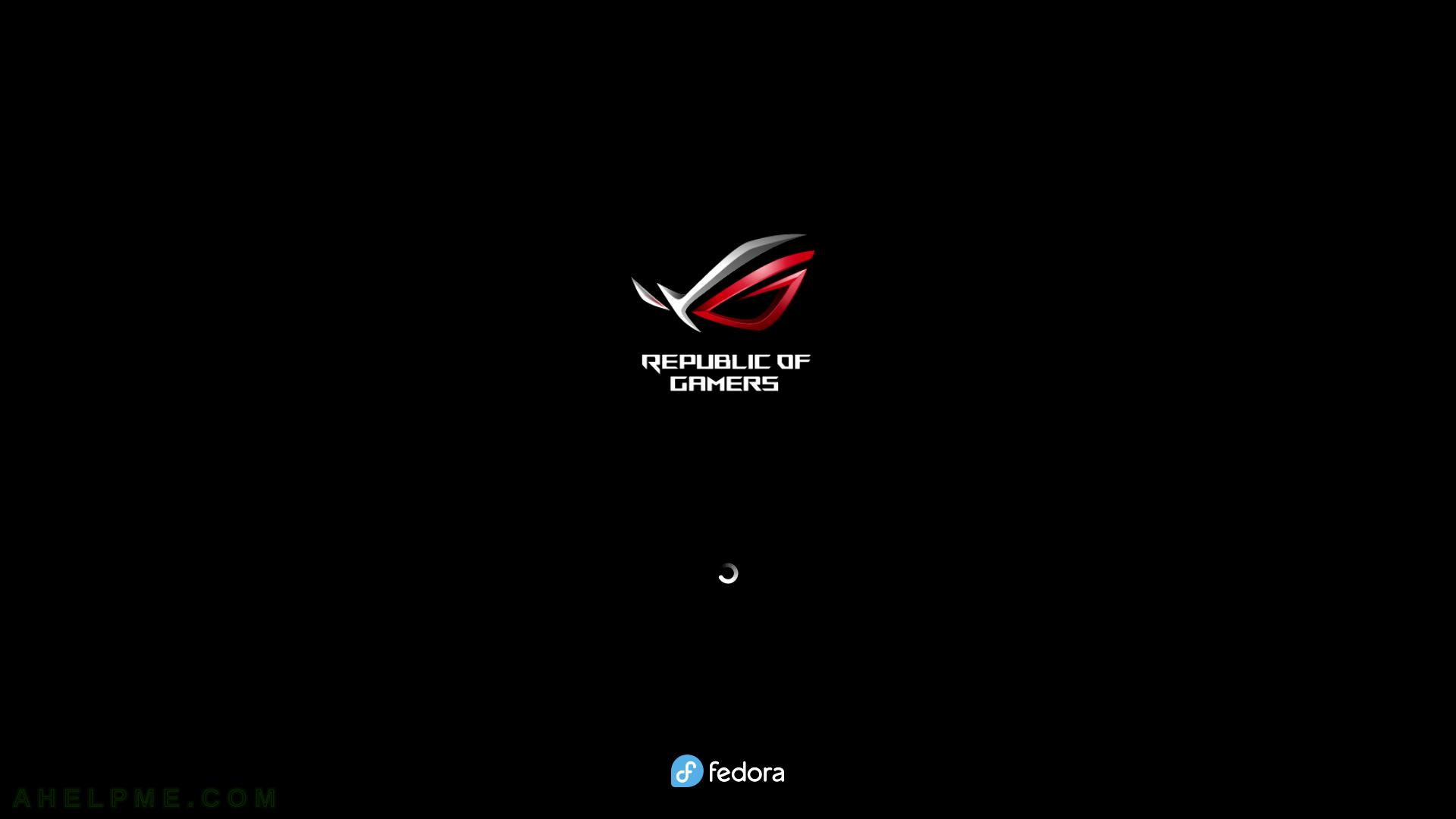
SCREENSHOT 3) Select the user and type the password.
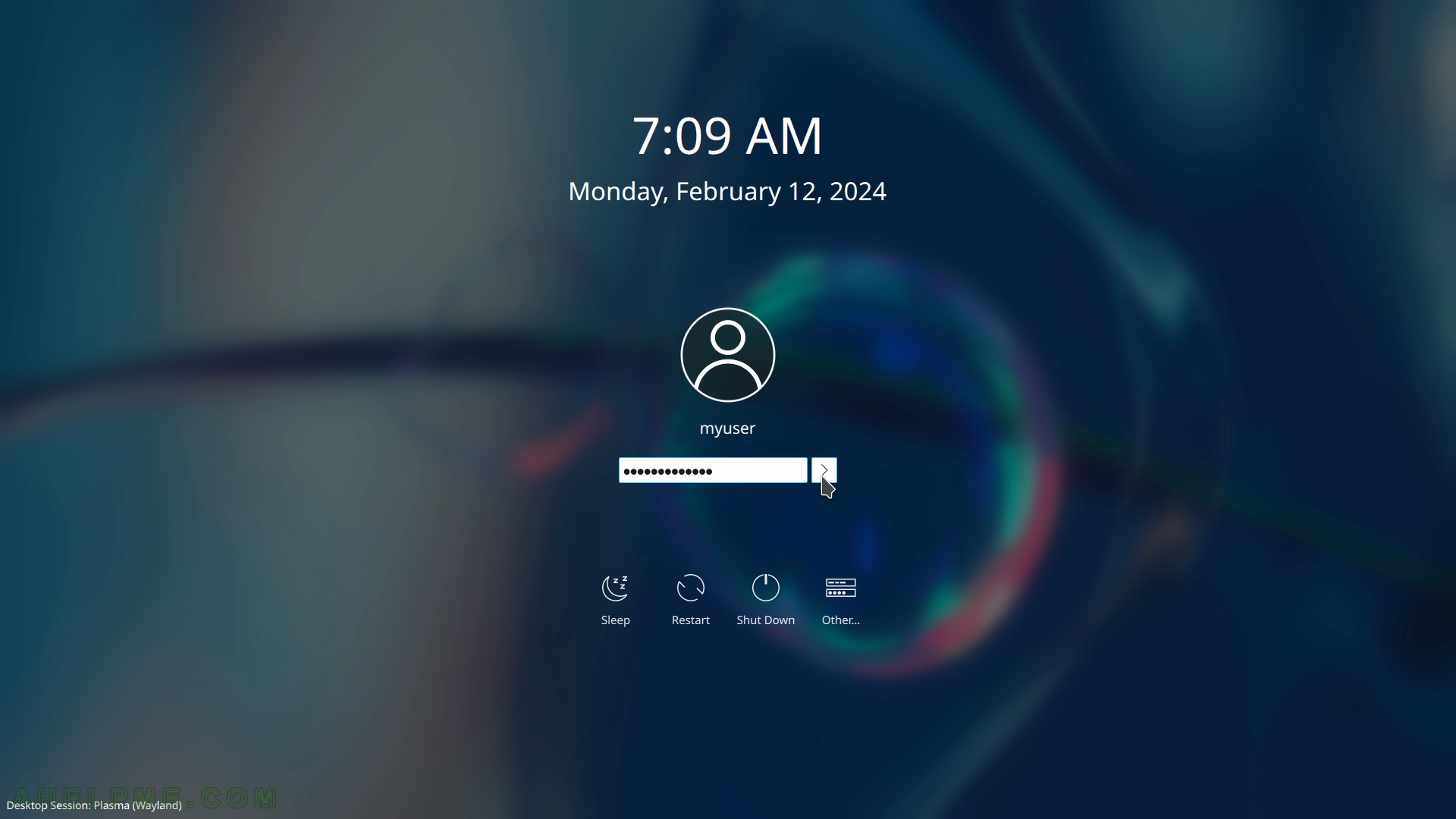
SCREENSHOT 4) The KDE Plasma Desktop loading
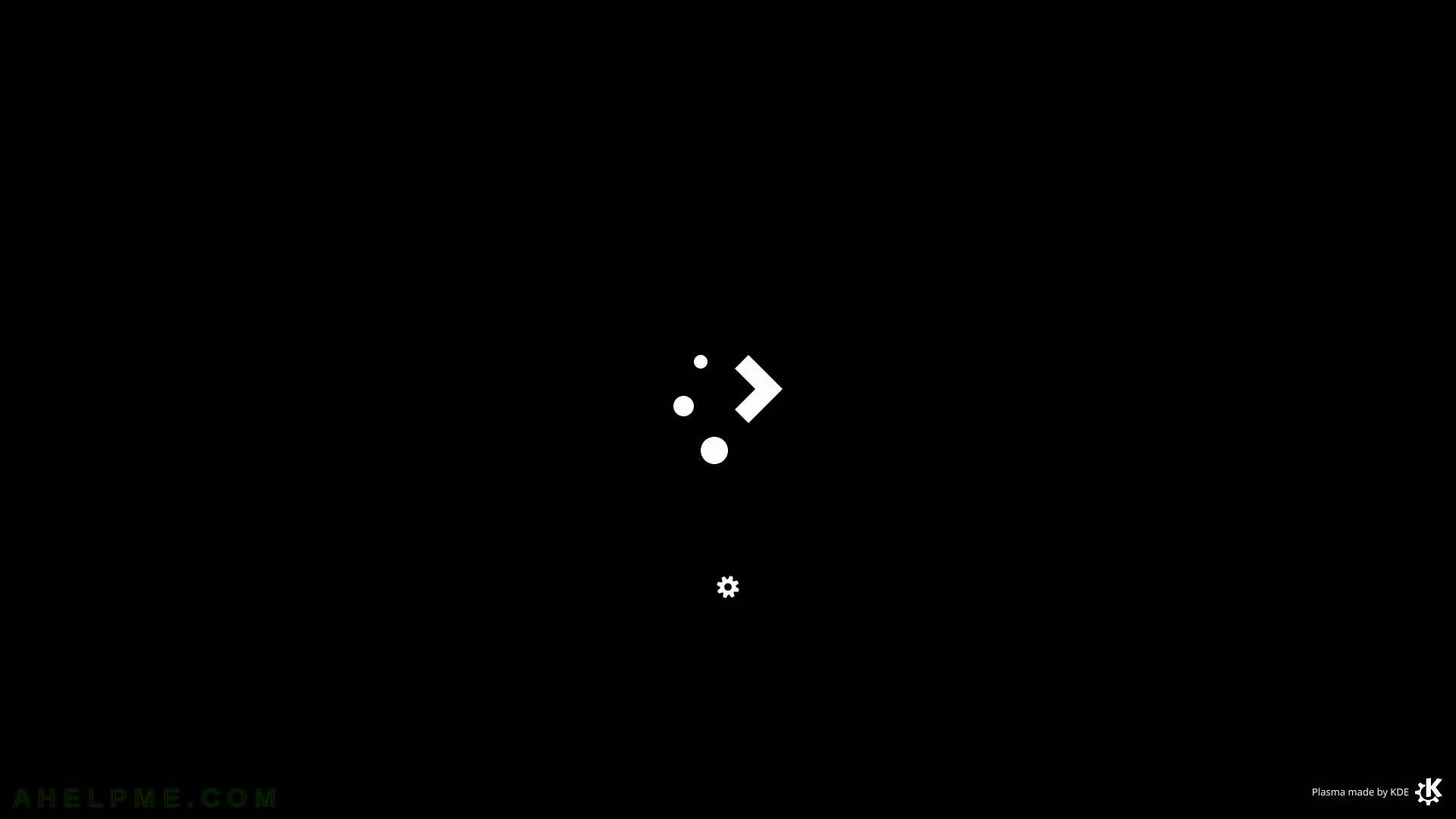
SCREENSHOT 5) Fedora 39 kde Plasma Desktop Overview
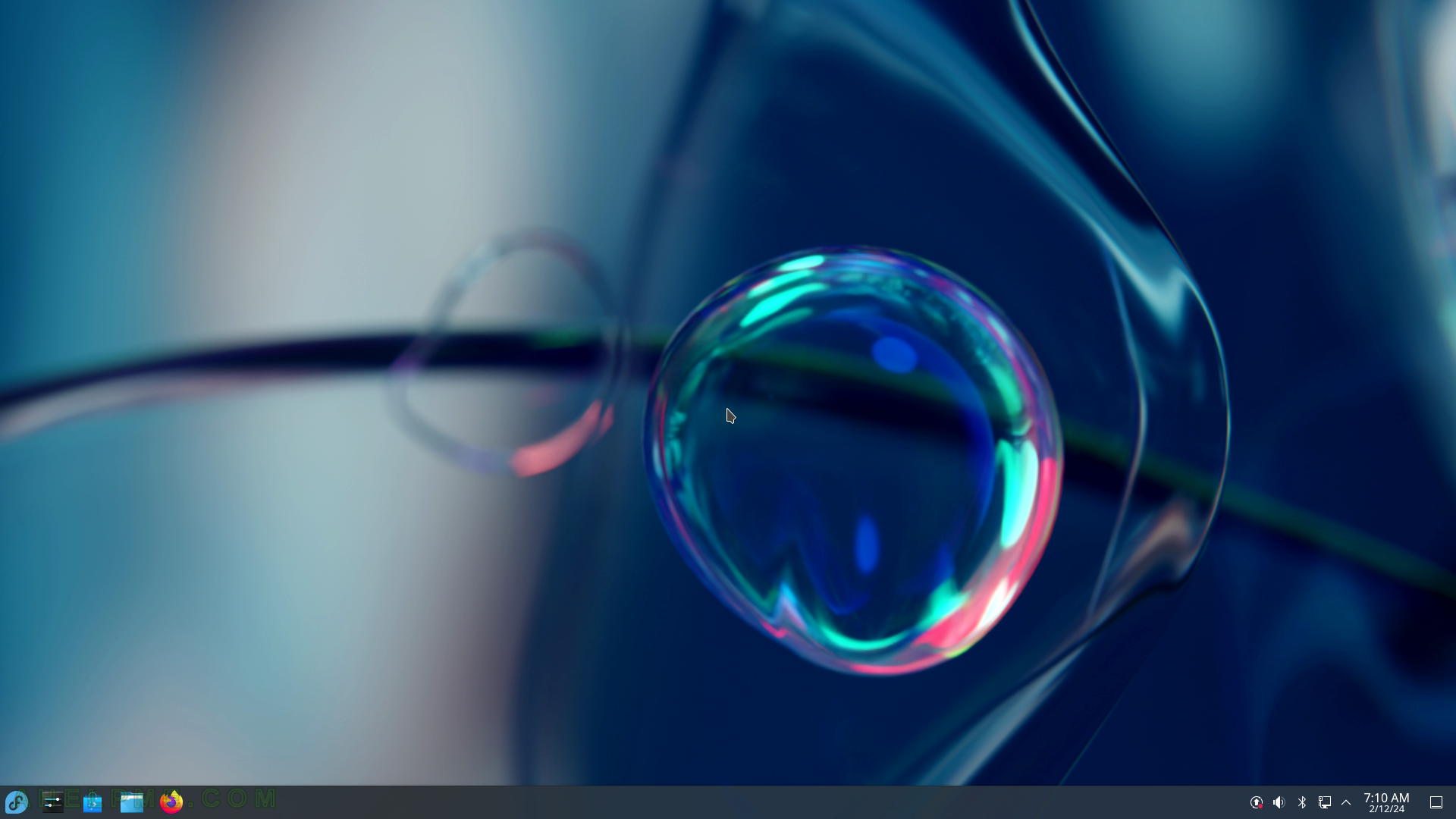
SCREENSHOT 6) The calendar next to the clock
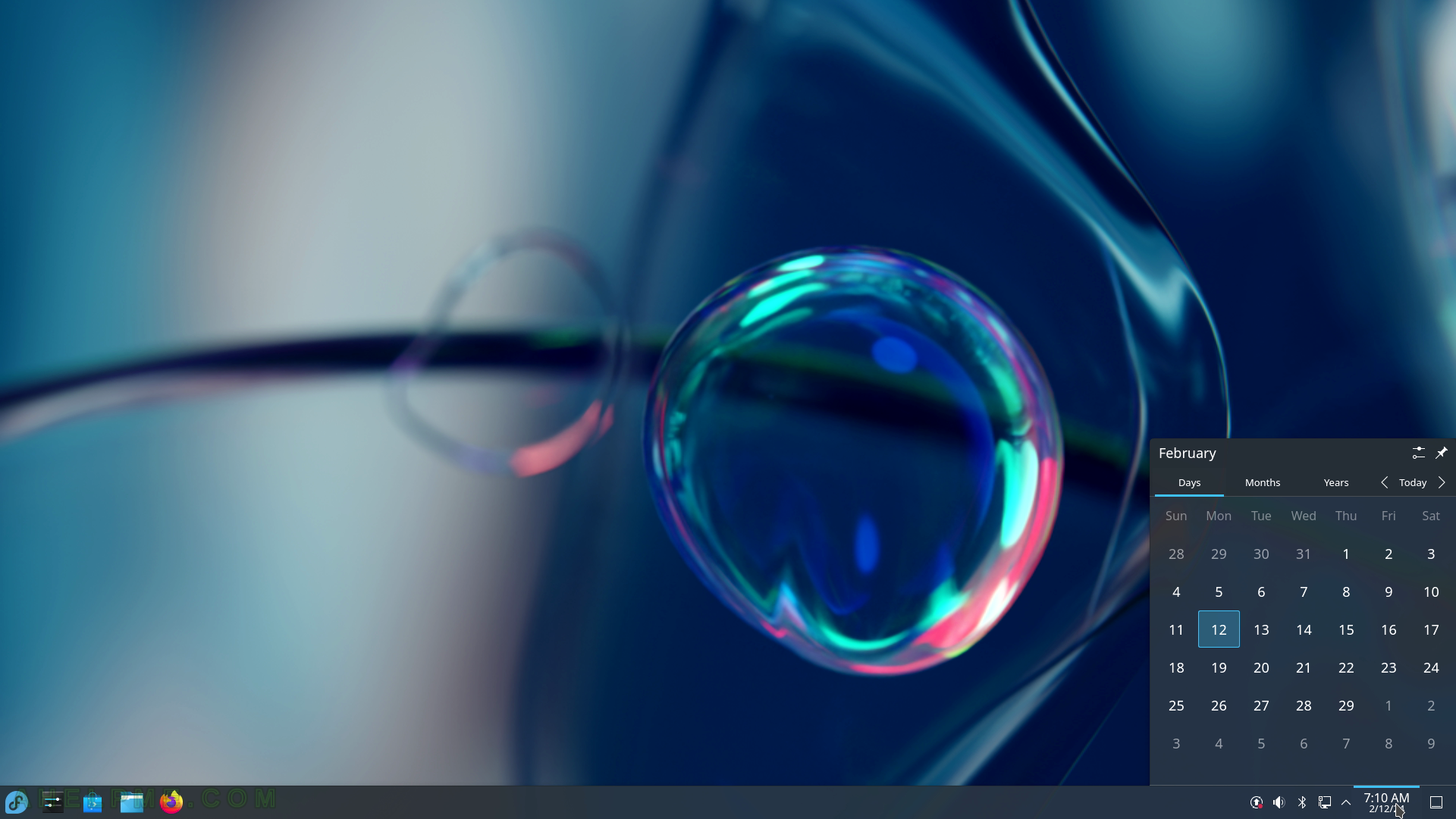
SCREENSHOT 7) Status and Notifications
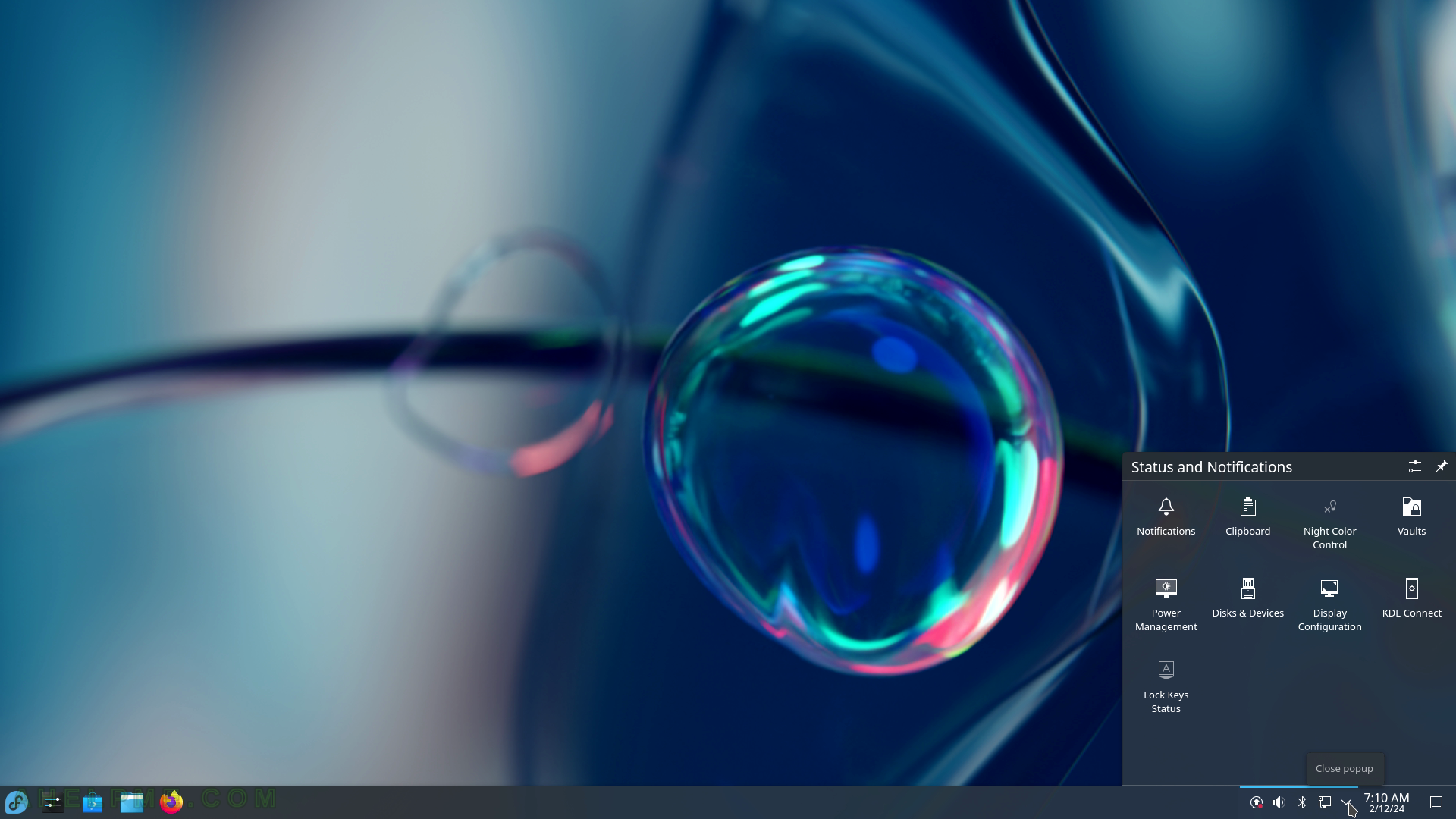
SCREENSHOT 8) One notification listed here.
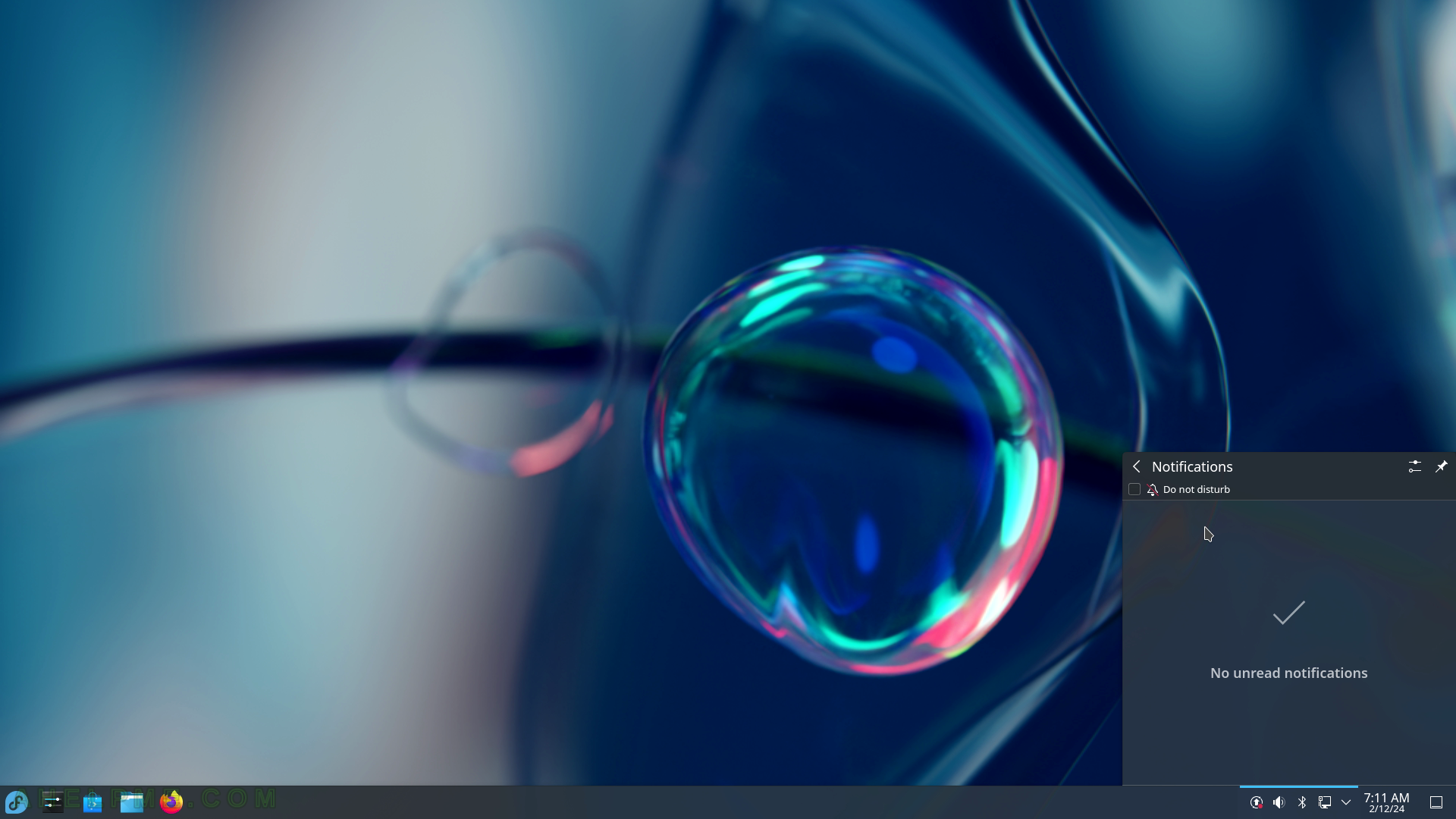
SCREENSHOT 9) Audio Volume – Devices and Applications and Playback Devices.
Per the application tab tuning of the Audio Volume is available. So the user could configure Firefox to have loader audio than the music application like Juke and so on.
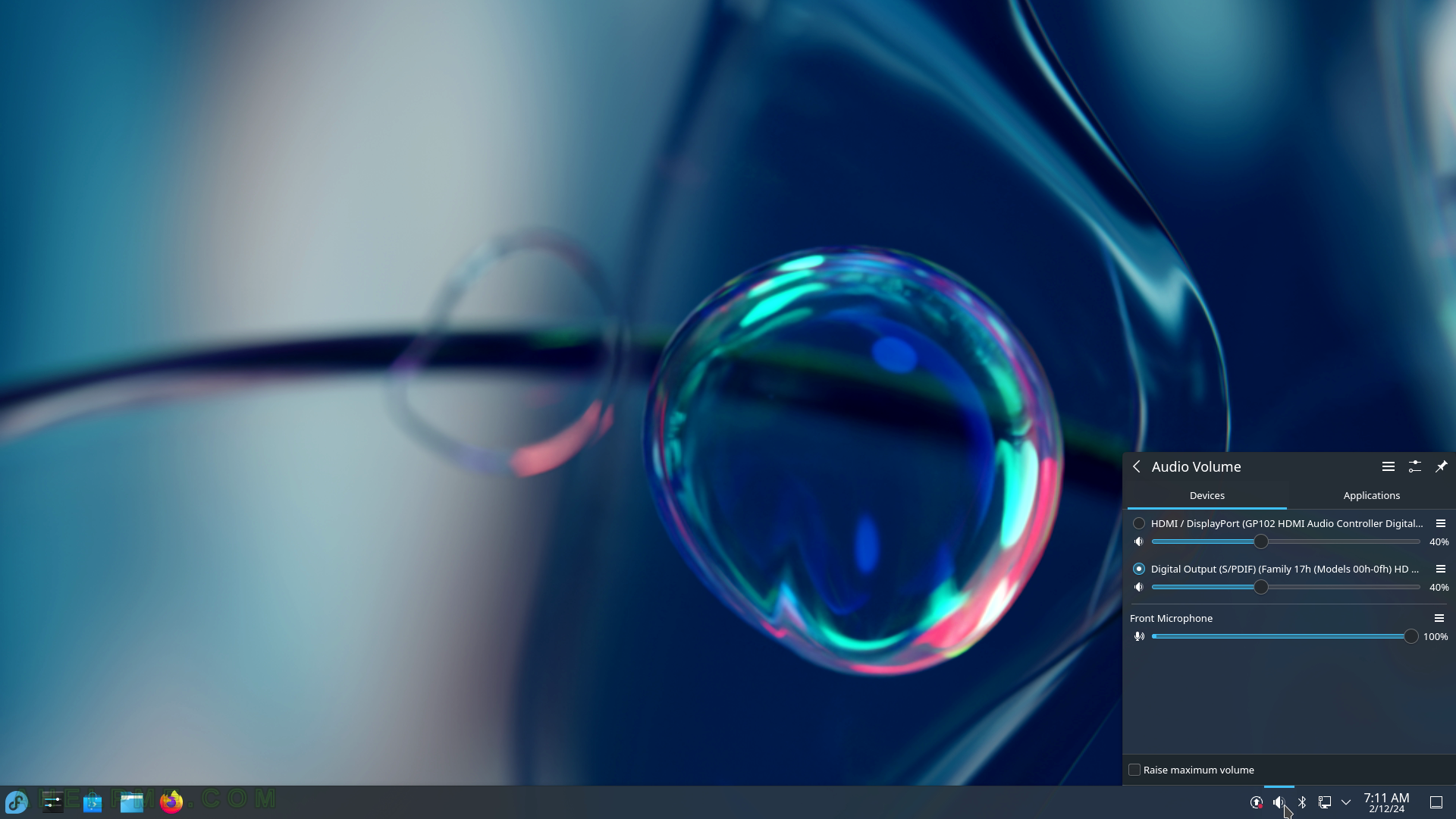
SCREENSHOT 10) Audio Volume – The user could configure a running application to have a loader or lower audio than other applications.
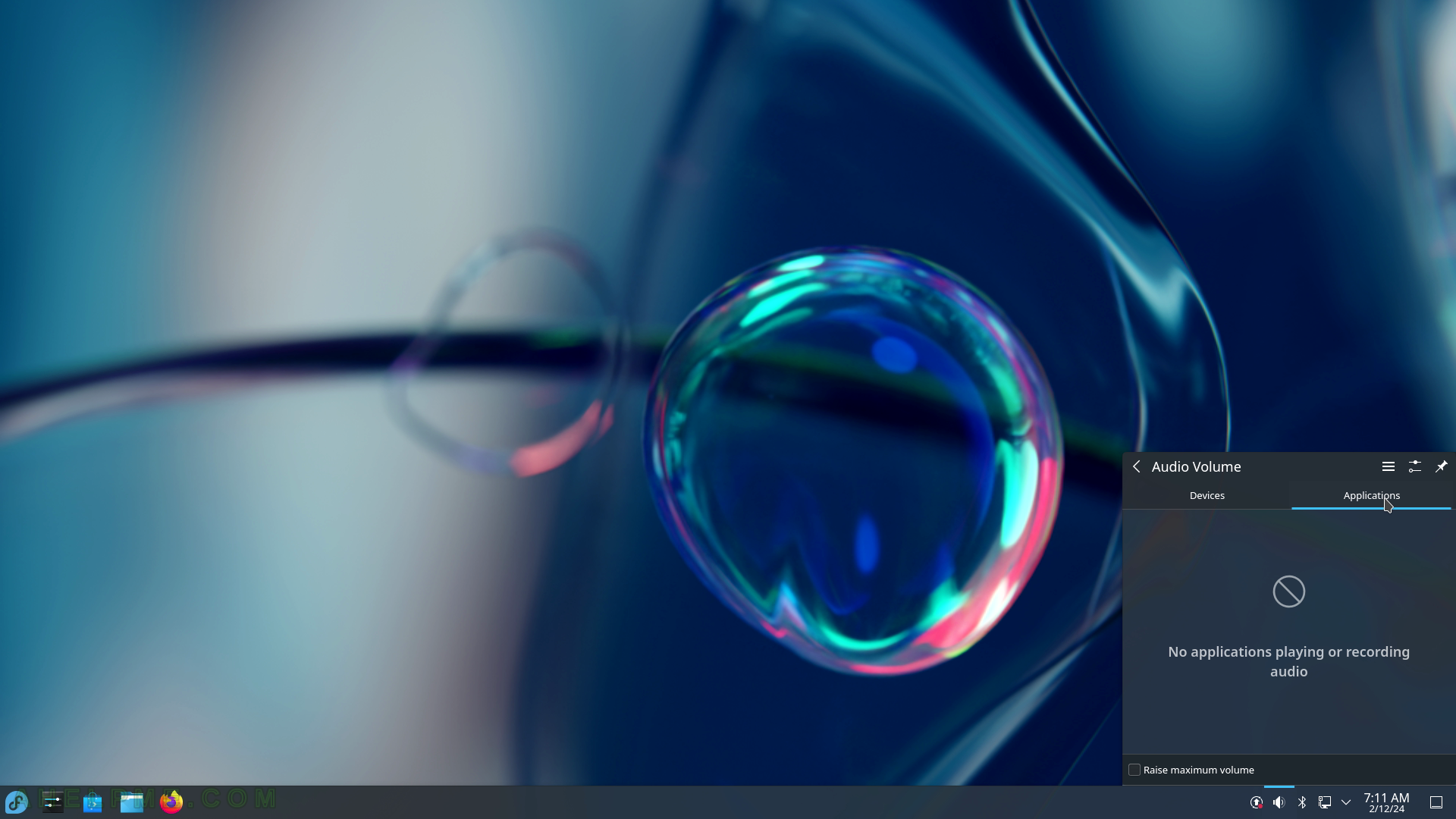
SCREENSHOT 11) Available networks – WiFi and Wired.
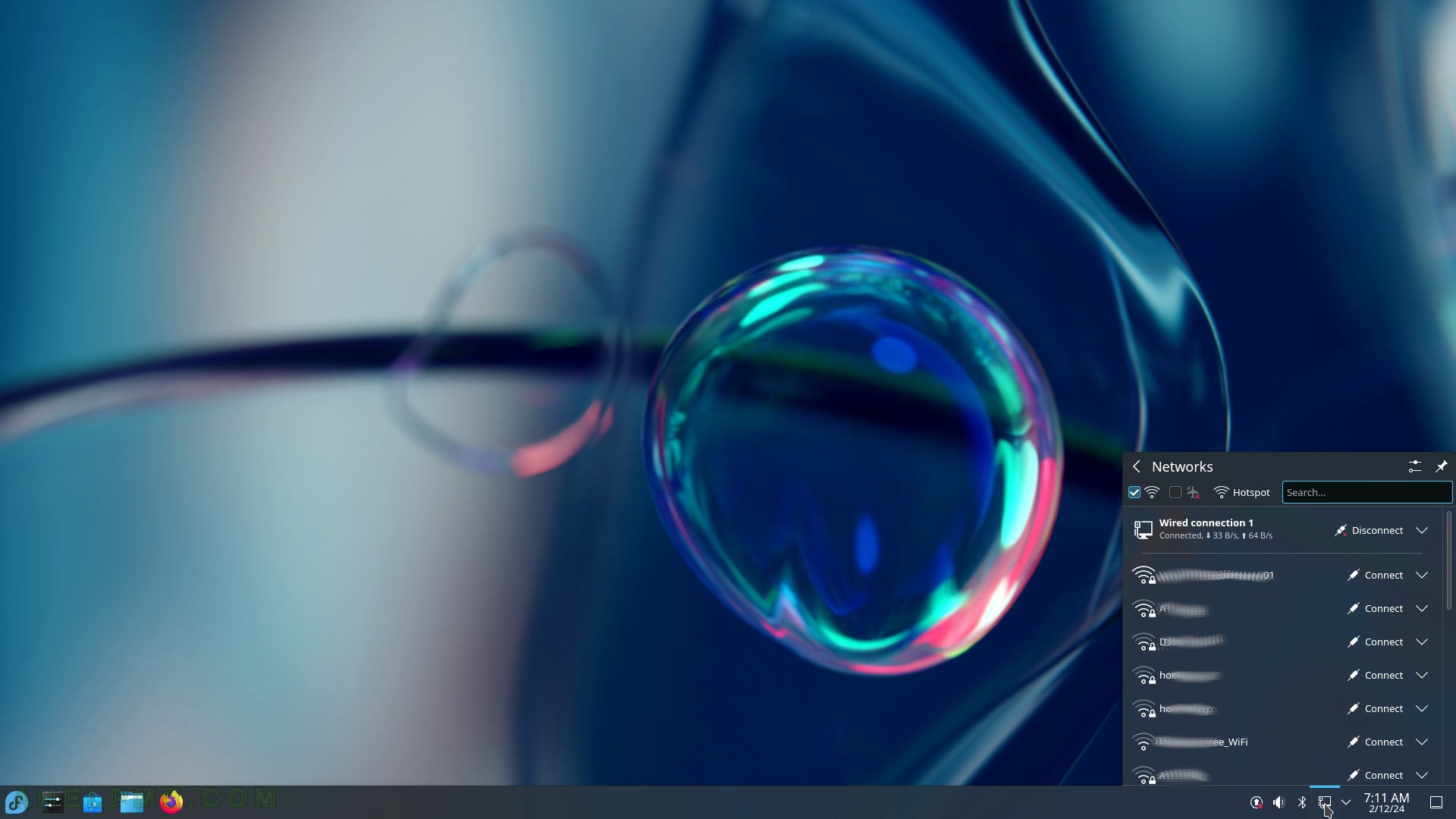
SCREENSHOT 12) Disk and Devices – device notifications for devices like CD/DVD writers or Storage Volume (USB) added.
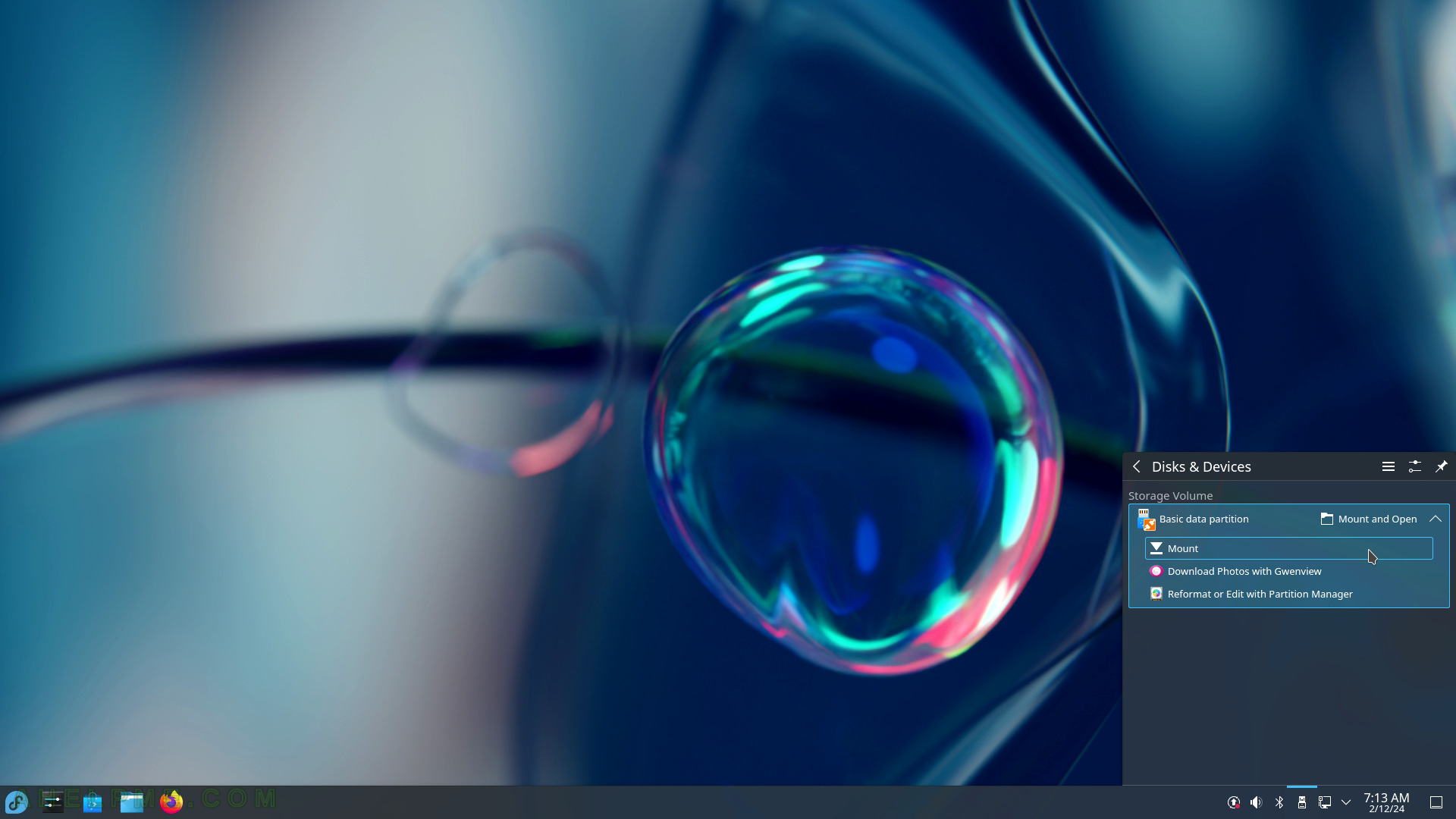
SCREENSHOT 13) Clipboard entries are listed here.
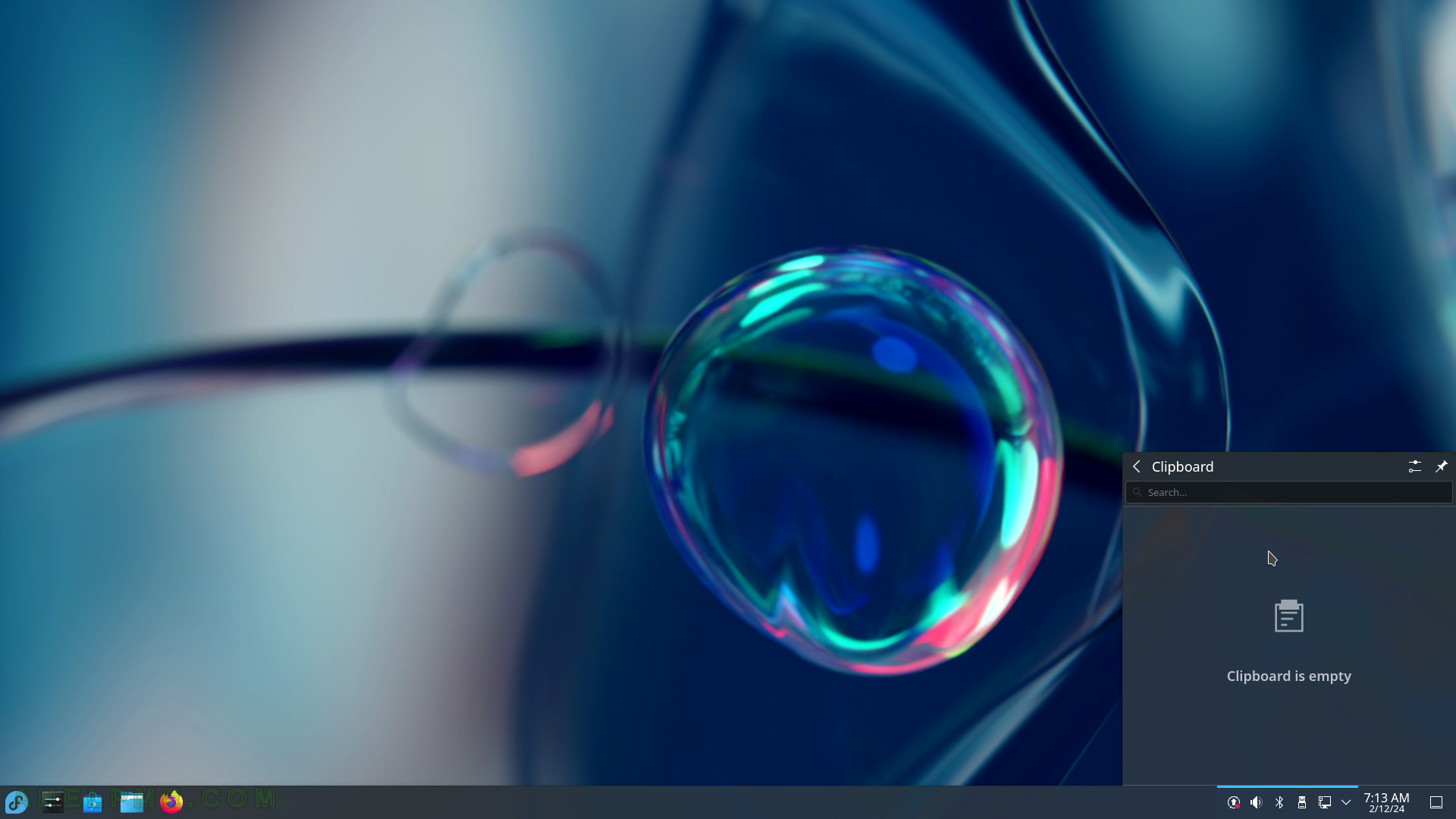
SCREENSHOT 14) KDE Vault is a front-end tool for encfs and cryfs.
It can encrypt and decrypt files on the fly.
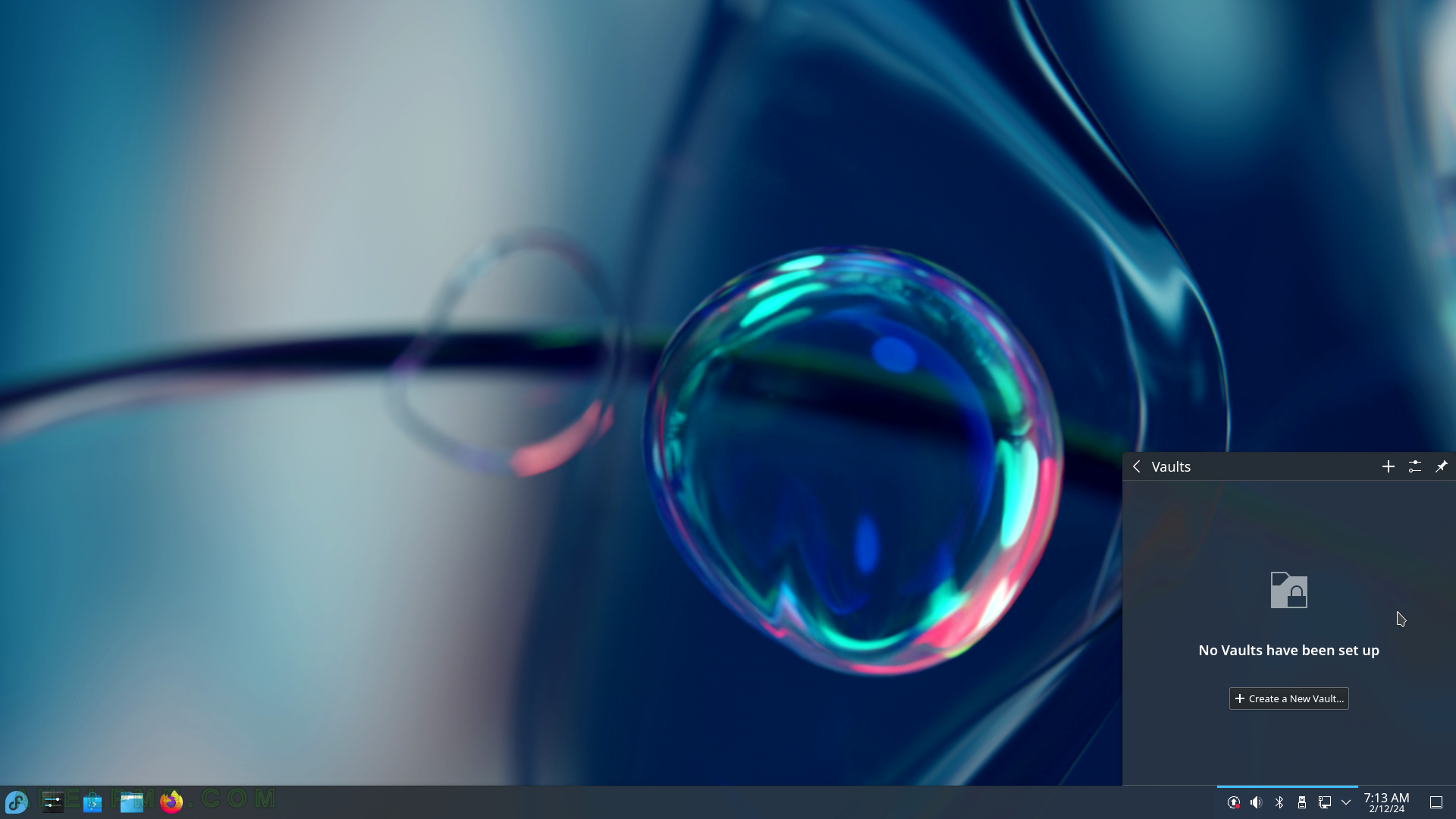
SCREENSHOT 15) All devices, which support power management are listed here.
The wireless mouse reports the battery status.
